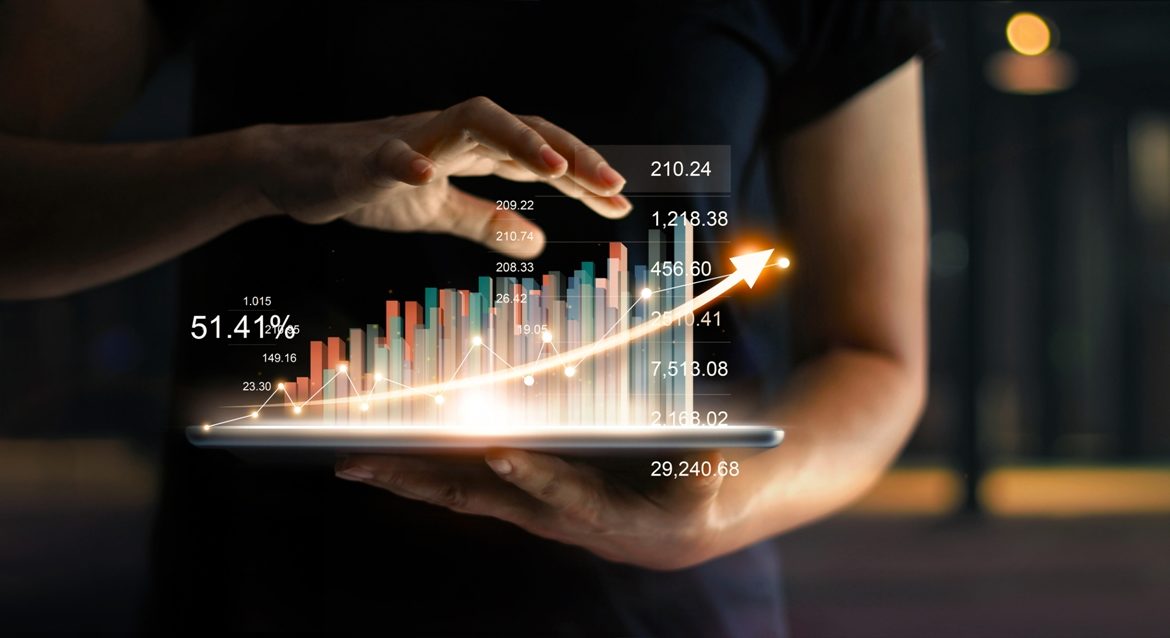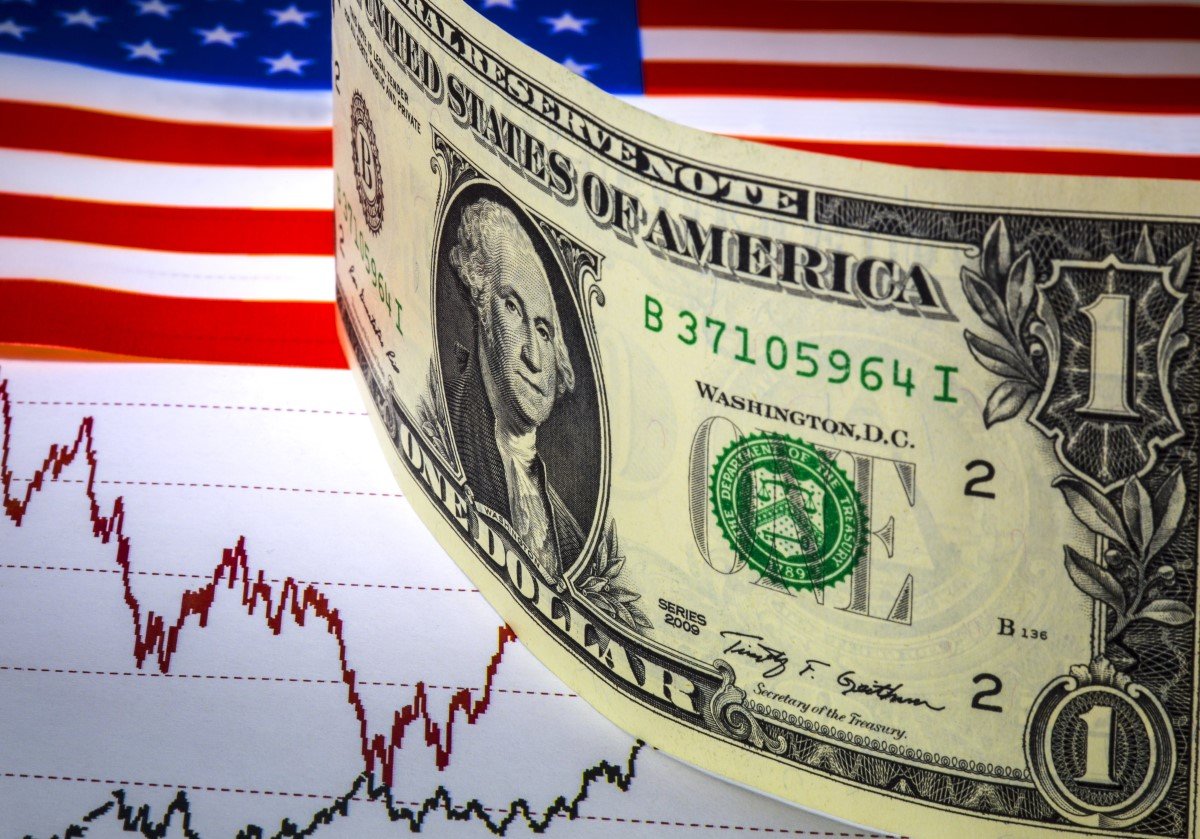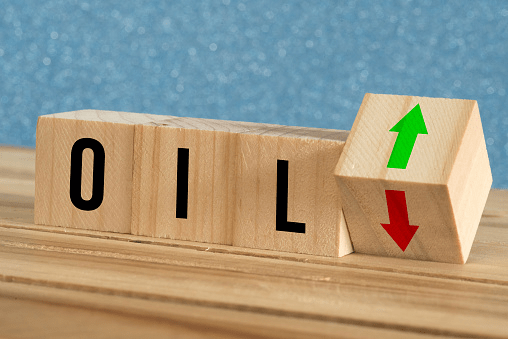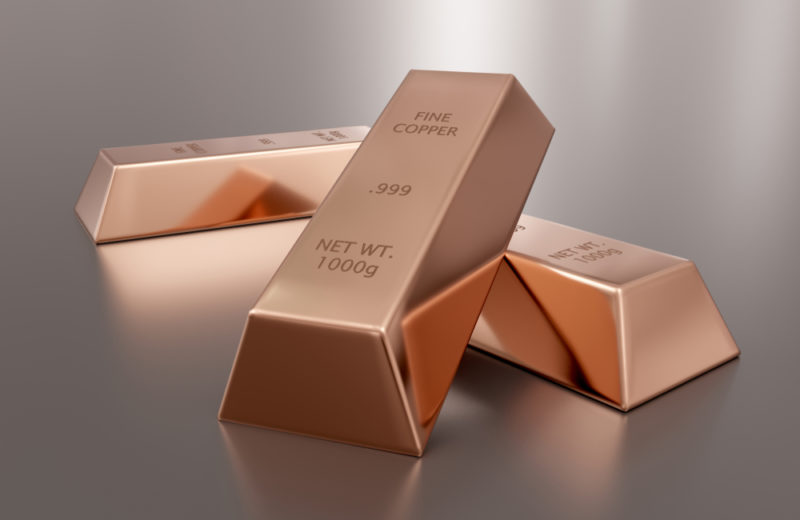Since the fall of 1990, the price of gold had been around $400 an ounce. For 15 years, from September 1990 to September 2005, the price of gold ranged from $280 to $450 an ounce. Over a year, a move from $40 to $50 in price would be considered a very high value. Nowadays, those numbers can move in a day.
Since September 2005, the price of gold has been on a historic run from $450 to $1,875 in 2011. Now gold is trading at around $1,823 an ounce. The average investor probably didn’t pay much attention to the gold recovery. However, once it convincingly crossed $1,000 in 2009, most market watchers observed gold.
What was once only seen by central banks, insurance companies, and gold miners has suddenly become mainstream like IBM and Microsoft. It is debatable whether gold has become the third most crucial currency in the world.
As the 2007-2009 financial crisis unfolded, many people turned to gold as a safe-haven investment. Now central banks, insurance, and investment companies are joining the retailers who can easily invest in the yellow metal.
What about silver?
Evan Pierce, an analyst at Money Crashers, states that silver has also had an impressive increase in price. According to him, the white metal may have more advantages than gold in the coming months and years.
From 2005 to 2011, silver went from $7 per ounce to $35. In percentage terms, that’s even higher than the gold movement.
Silver has many industrial uses. It is used in practically all the world’s appliances because of its low resistivity. Besides, silver is required in both semiconductors and solar panels. The white metal is increasingly used in medicine because of its antibacterial properties. Everyday items contain varying amounts of silver.
Gold has limited industrial uses compared to silver
Gold, contrarily, has limited industrial uses. Jewelry represents more than two-thirds of the annual demand for the yellow metal. Medical applications account for approximately 12% of the market.
Amid the financial crisis caused by coronavirus, the decrease in the dollar increased gold. Silver and other precious metals have also benefited from the pressure. Gold remains the preferred channel for protection. Meanwhile, silver has a growing appeal as a haven. As investing in silver becomes more manageable, more people may try to take advantage of that move to protect their portfolio.
Traditionally, you had to buy precious metals physically to own them. Now, silver bars weigh just over 3 kilograms, and they are still available for retail clients.
In the early 21st century, ETFs launched as a way to track the price of certain products. The advantage of ETFs is that they trade like stocks and move almost exactly as Spot futures move. Spot futures represent the most accurate short-term, or spot, price of a commodity.
Theoretically, every ETF share in gold or silver has to be backed by the same amount of precious physical metal. In reality, no issuing company of these investment funds has so many gold or silver tons in their vaults or in the banks that back them.
Gold and silver can not be traded daily, and sudden price changes can scare anyone. They always operate long term.















